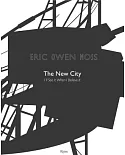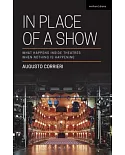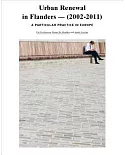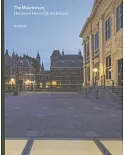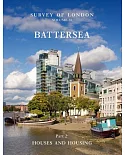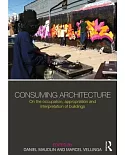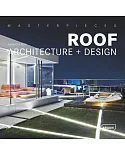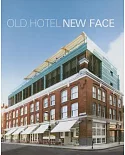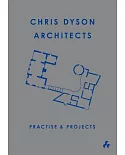"After World War II, the industrial bases of many cities have shrunk or moved elsewhere, turning large parts of once thriving cities into vacant lots and empty shells. Despite sobering
statistics about the decline of the industrial Midwest, economists, urban planners, and sociologists are optimistic that the post-industrial city can reinvent itself. SynergiCity: The
Architecture of the Post-Industrial City proposes a new vision of urbanism, architectural design, and urban revitalization in the United States in the twenty-first century, with a particular
emphasis on the industrial Midwest. It offers an remedy for the decline of the post-industrial city drawing on successes in a number of major cities and on expertise from a variety of fields
and methodologies. The authors contend that industrial cities like Peoria, Detroit, Saint Louis, must continually redefine themselves if they expect to attract a new creative class of residents
and compete globally. One of the project’s driving questions is, "What architectural form will this new innovation economy take in the rust-belt cities of the Midwest?" The contributors and
editors of this book have developed design principles to promote the innovation necessary to transform cities like Peoria for the new economy, based on findings from similar case studies of
similar cities and developments (including the American Tobacco District in Durham, NC; the Warehouse District of New Orleans, the Milwaukee River Greenway, and the Detroit Eastern Market
Redevelopment District). The contributors are experts in architecture, planning, and real estate development. The book features images developed by the University of Illinois Graduate
Architecture Studio, as well as relevant images from Peoria and other cities"--




